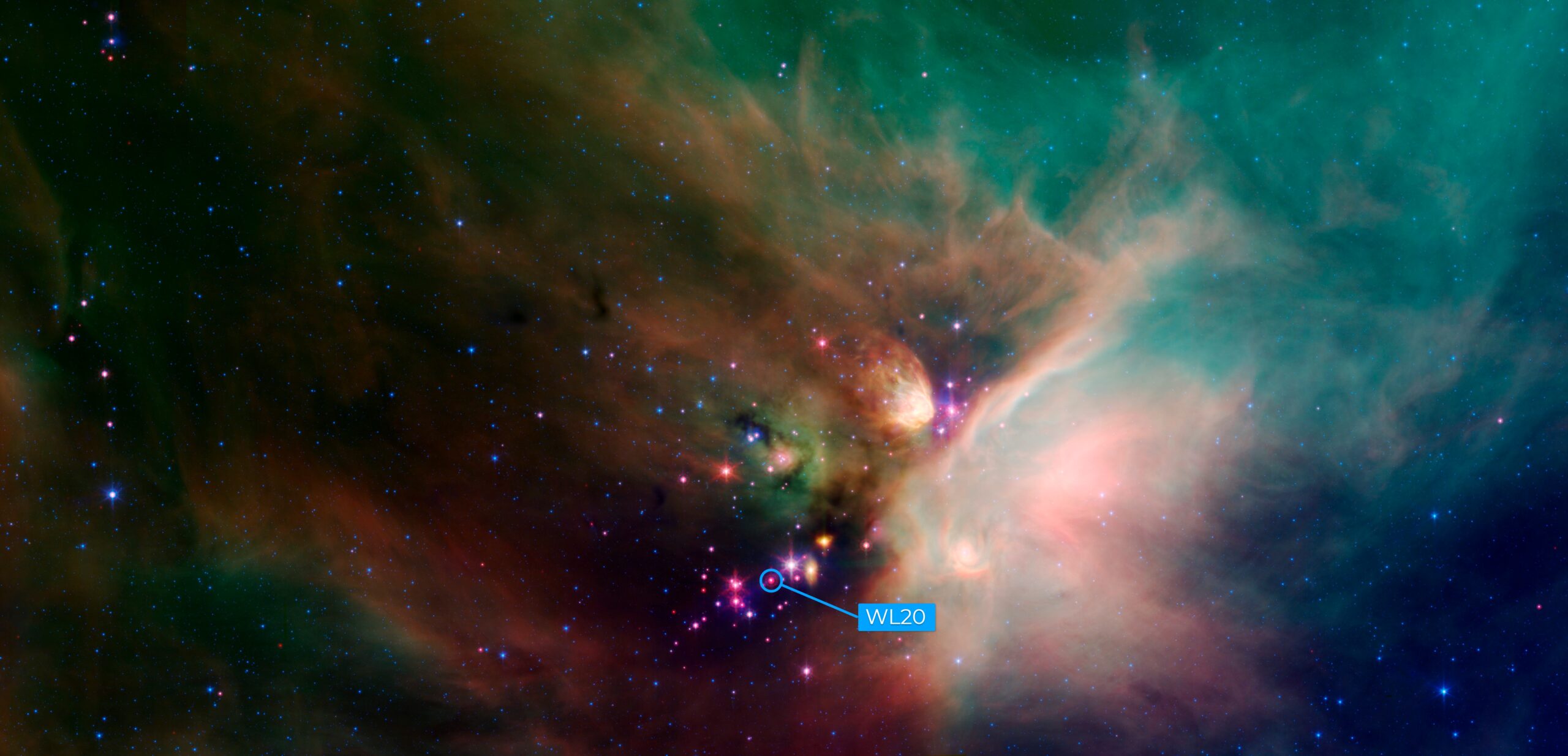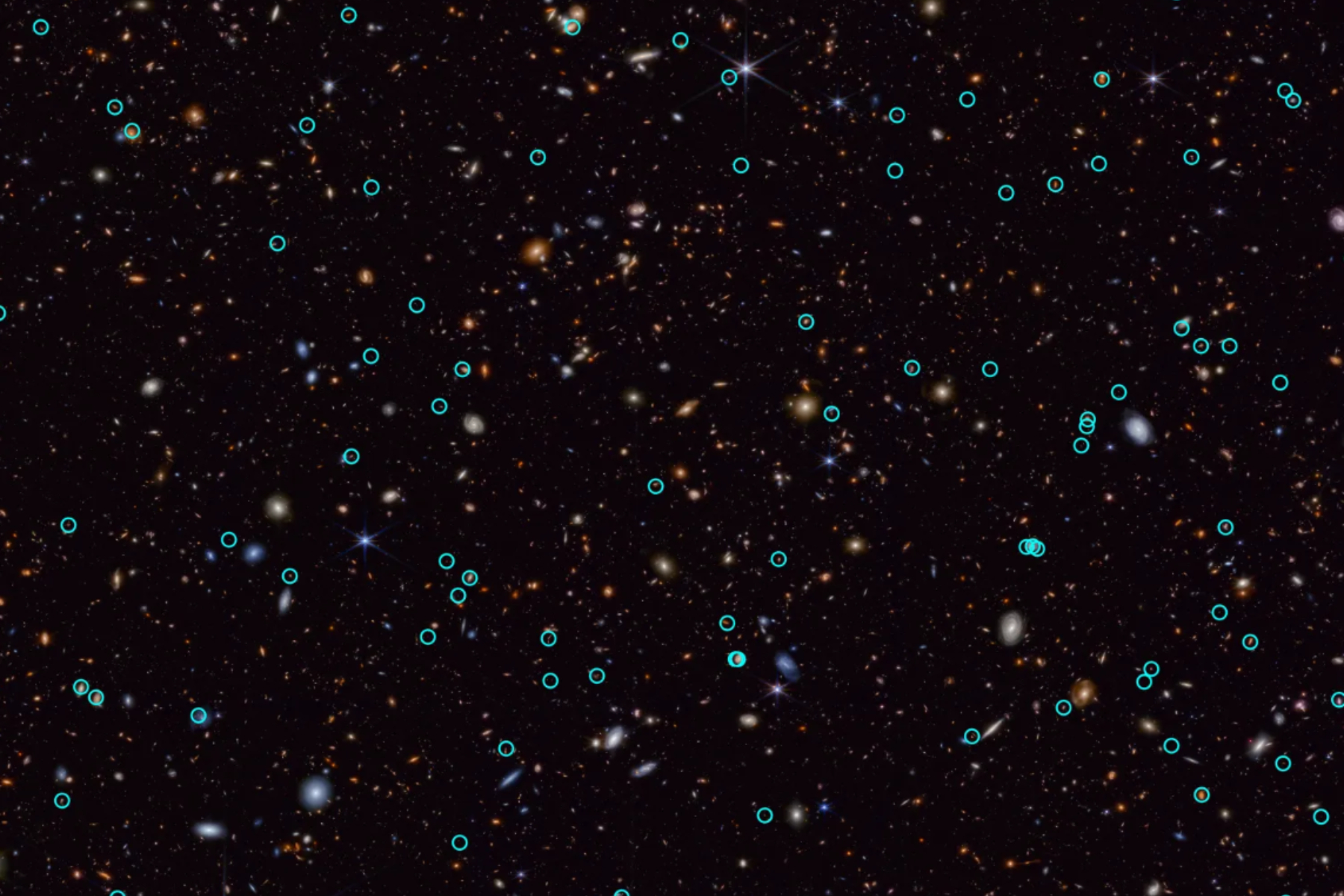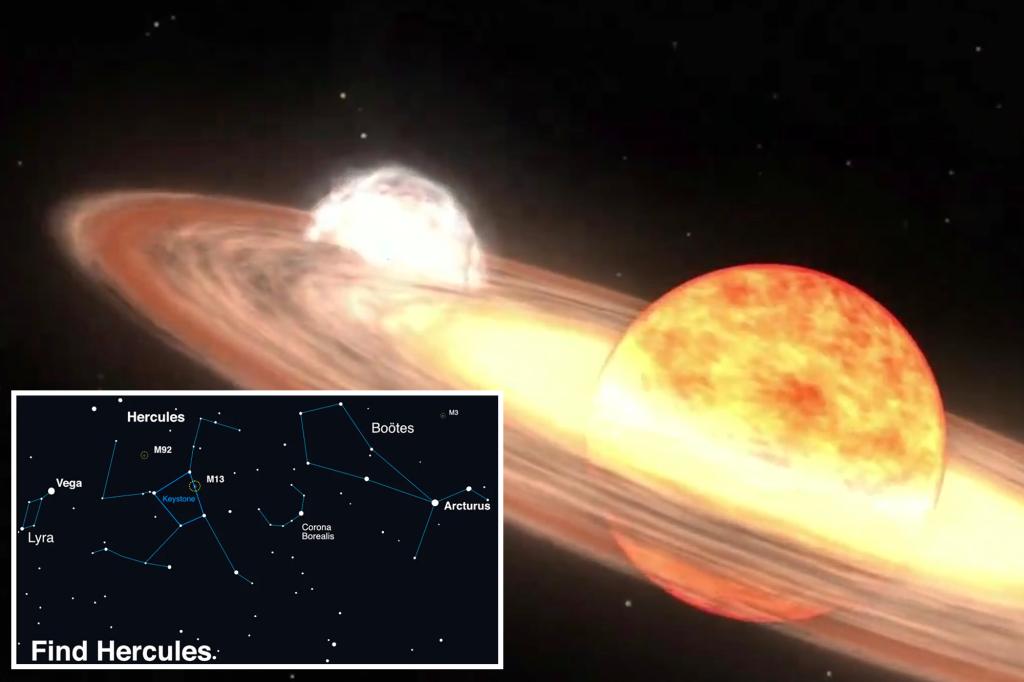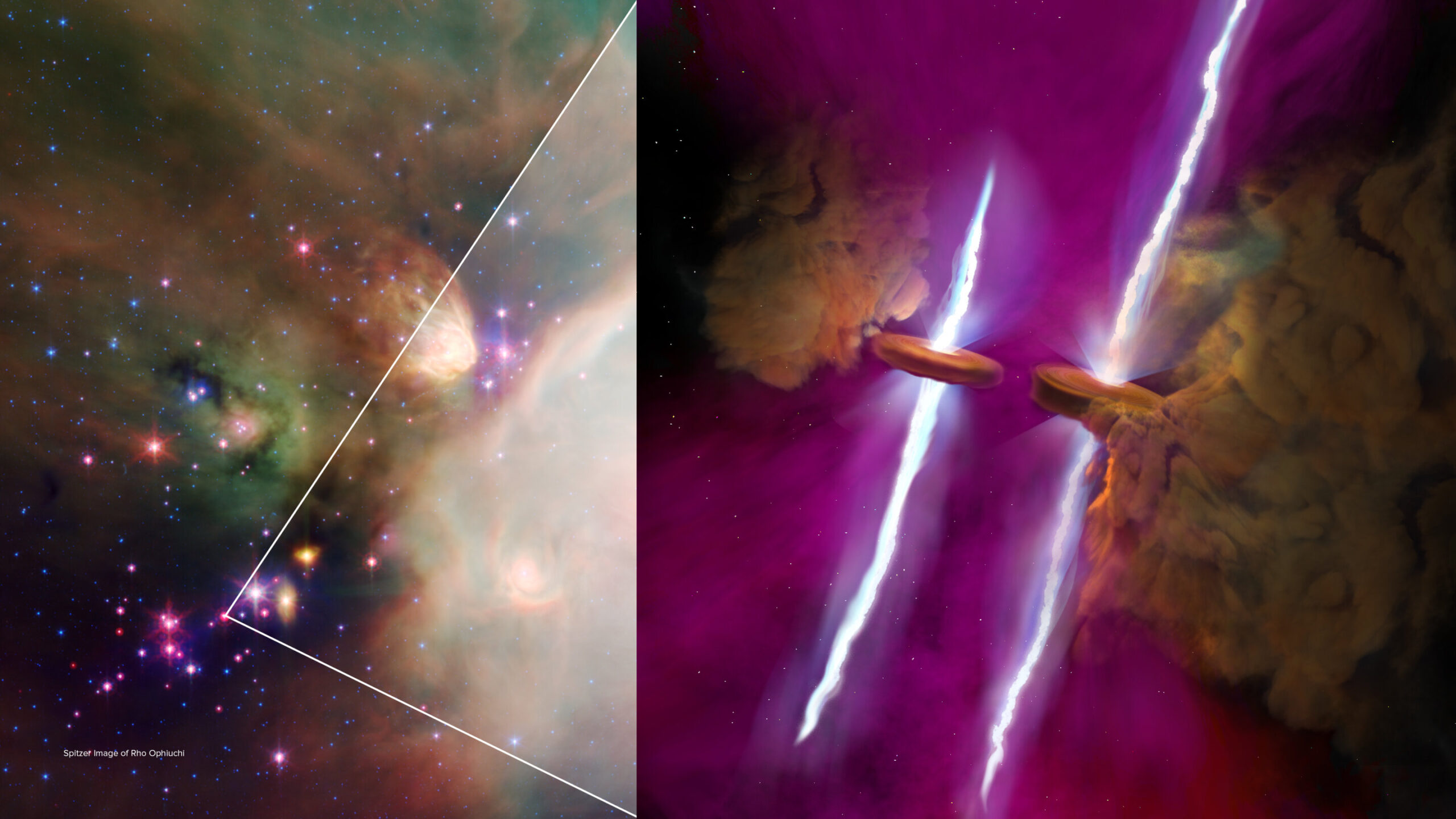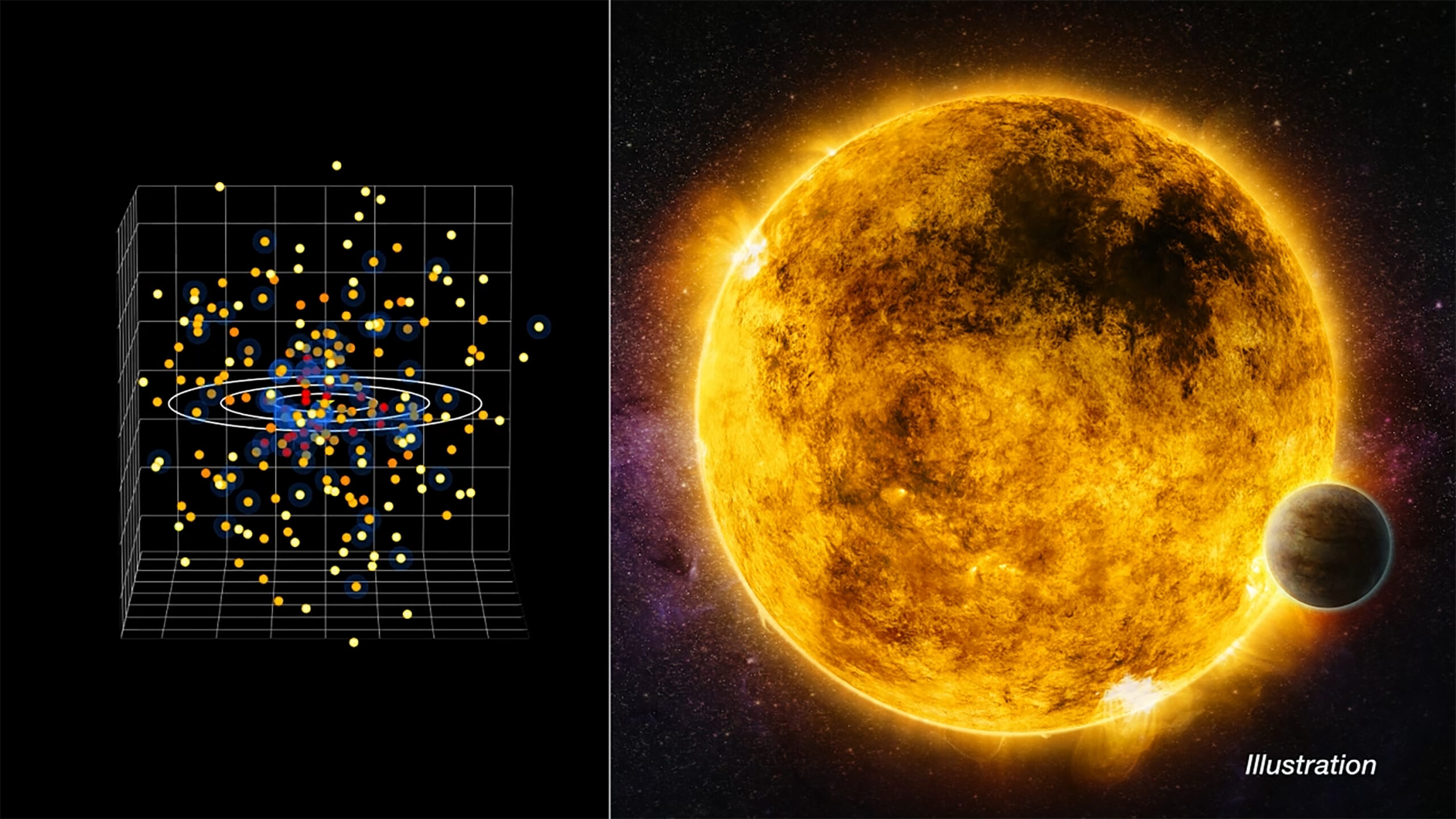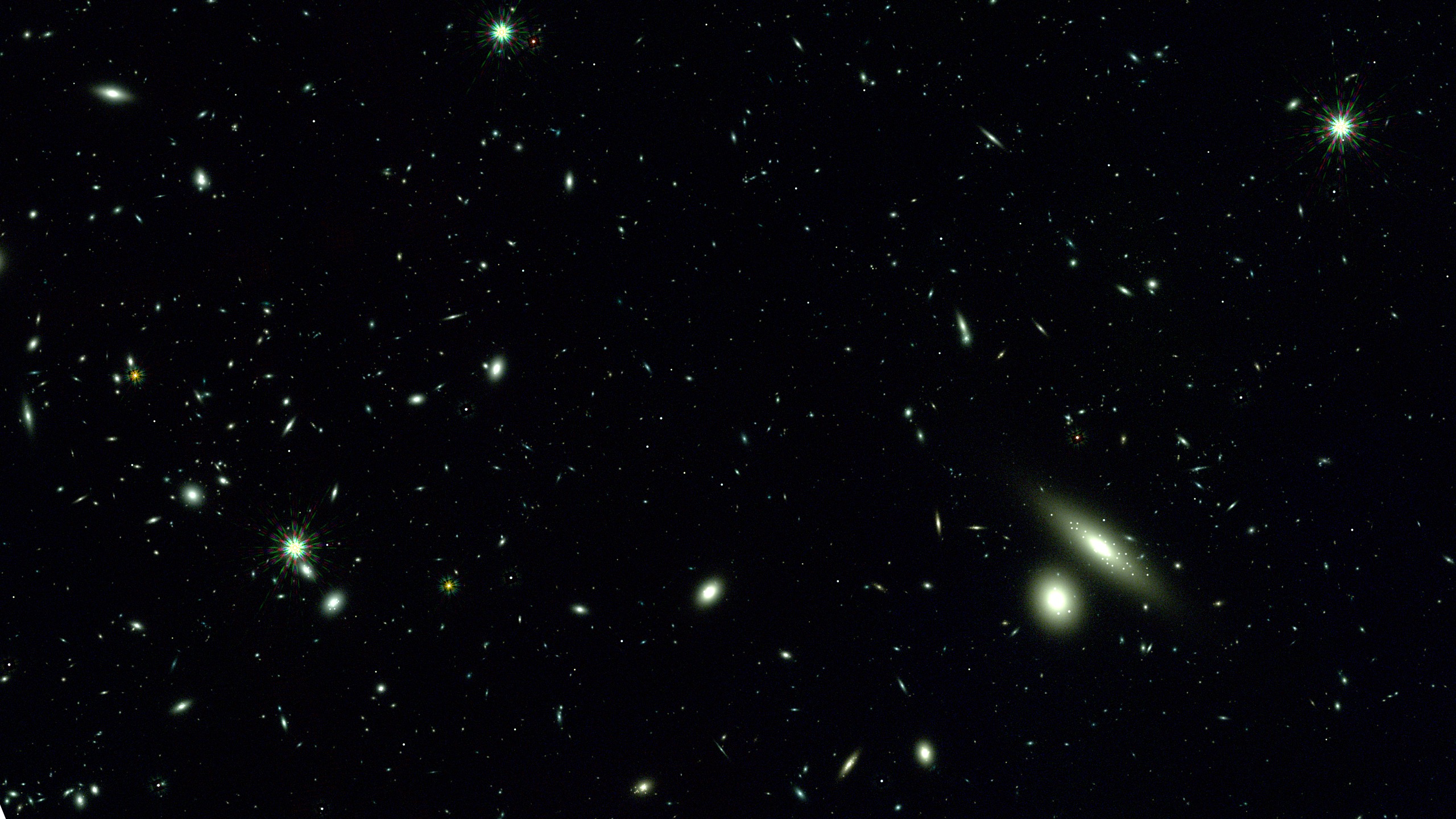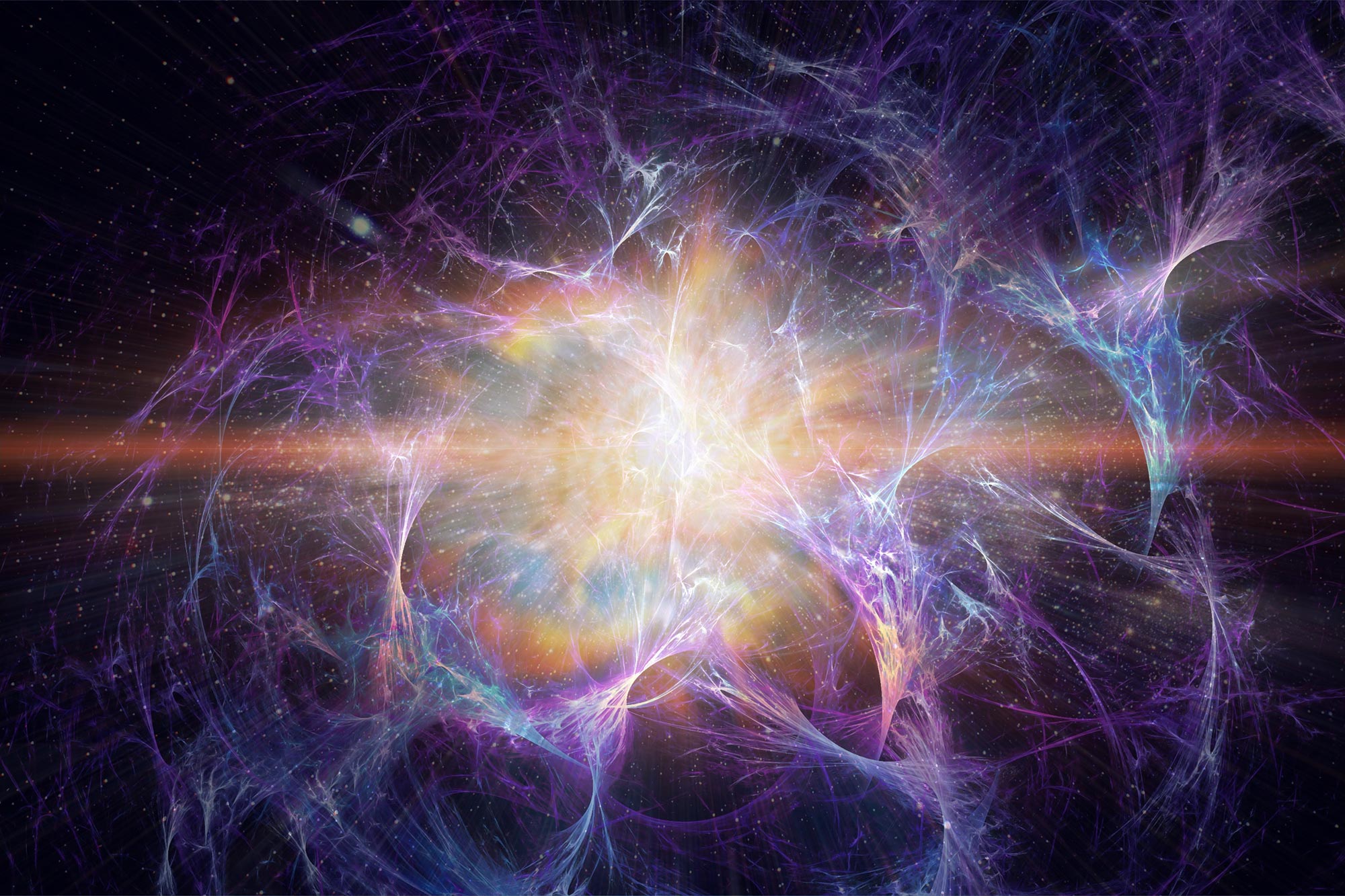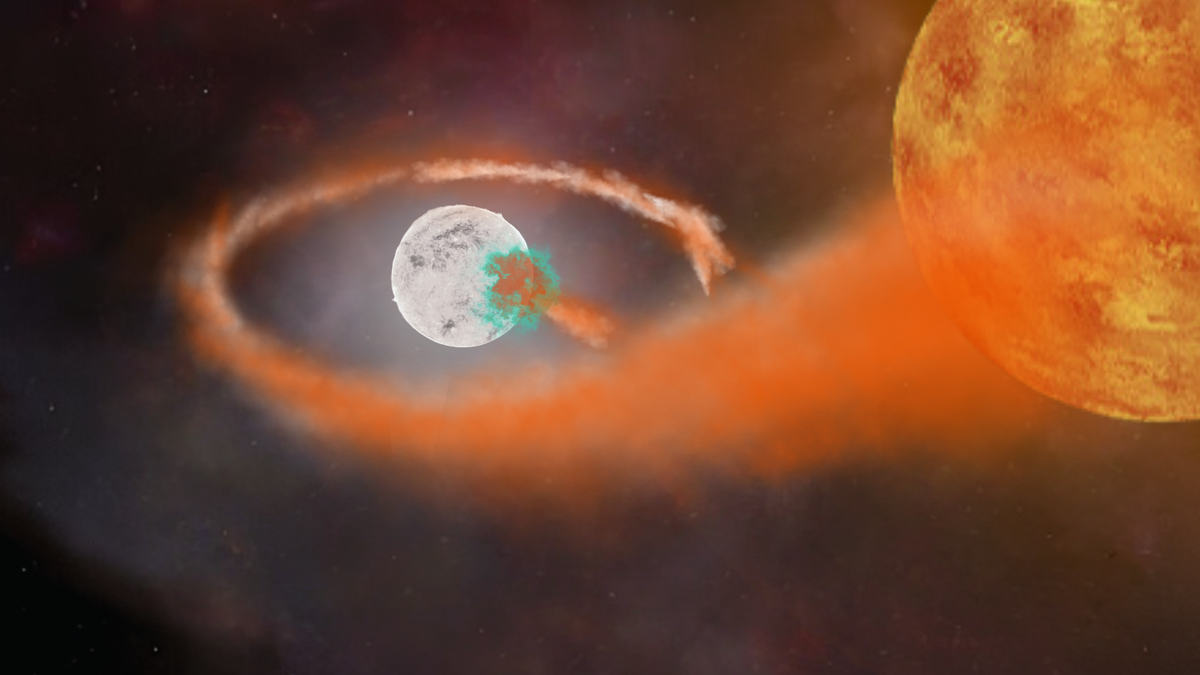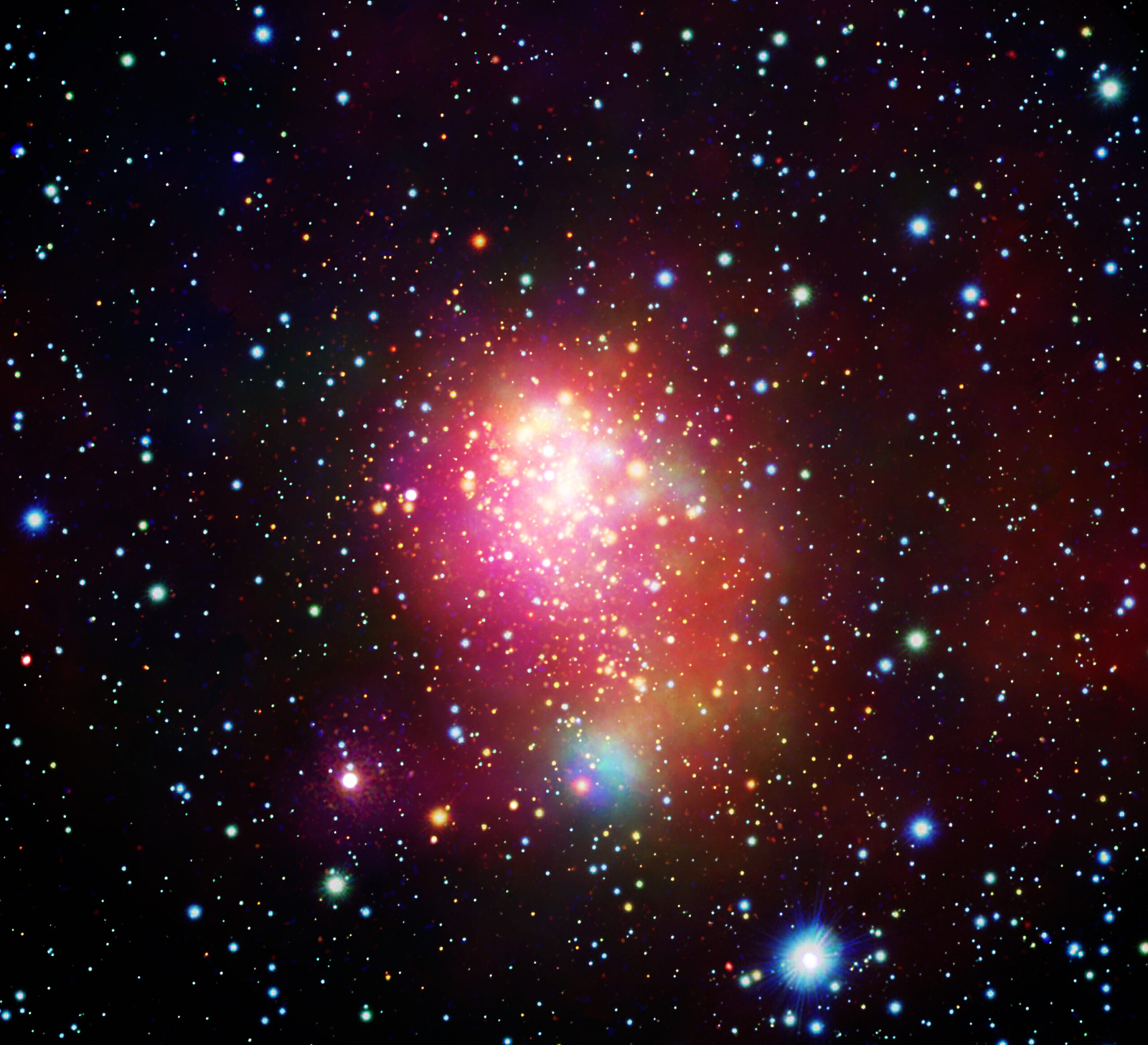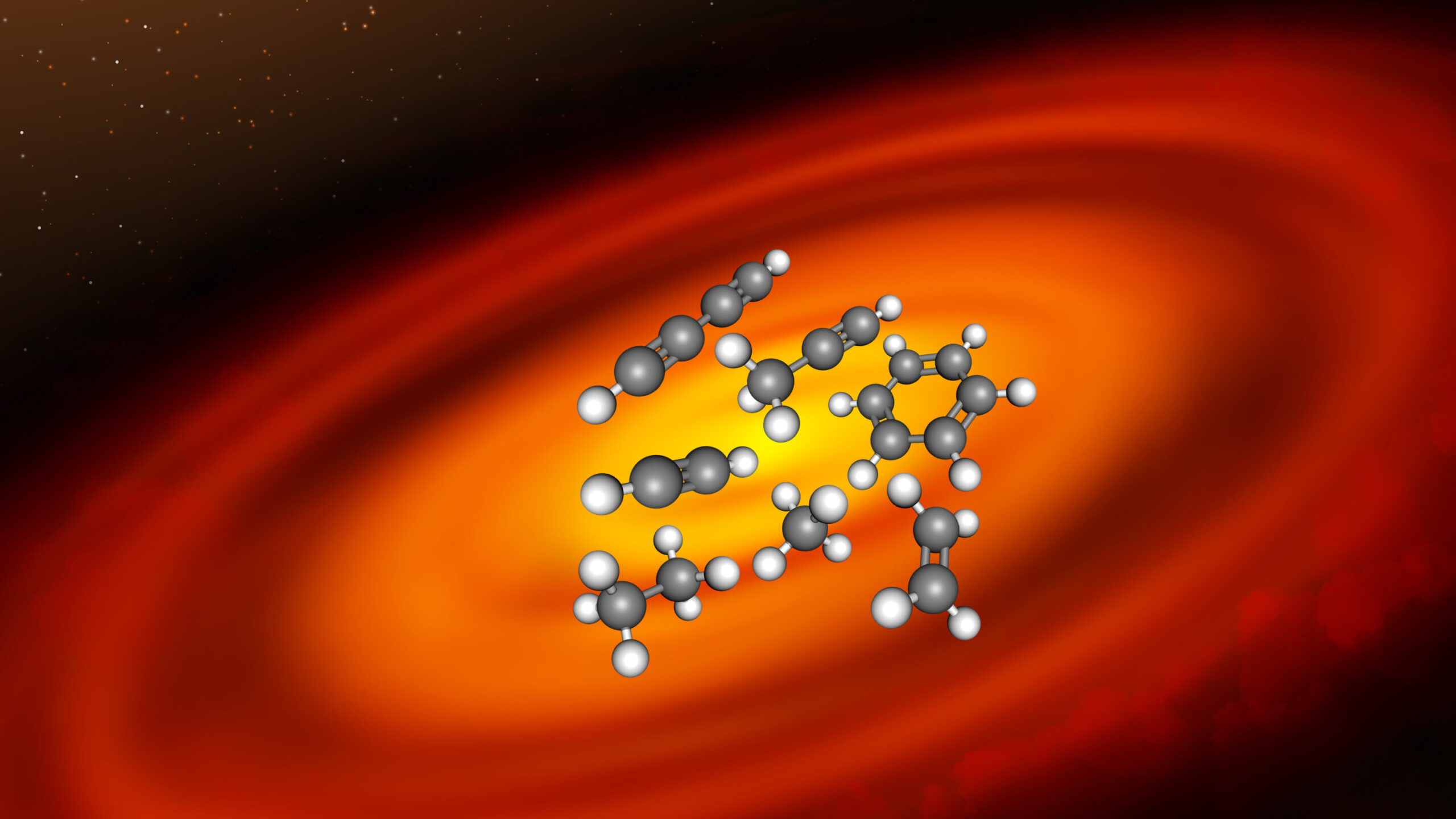NASA’s Webb reveals long-studied star is actually a twin – NASA
Webb’s mid-infrared instrument, which was managed by NASA’s Jet Propulsion Laboratory until launch, also revealed jets of gas streaming into space from the twin stars. Scientists recently got a big surprise from NASA’s James Webb Space Telescope when they pointed the observatory at a group of young stars called WL 20. The region has been … Read more
